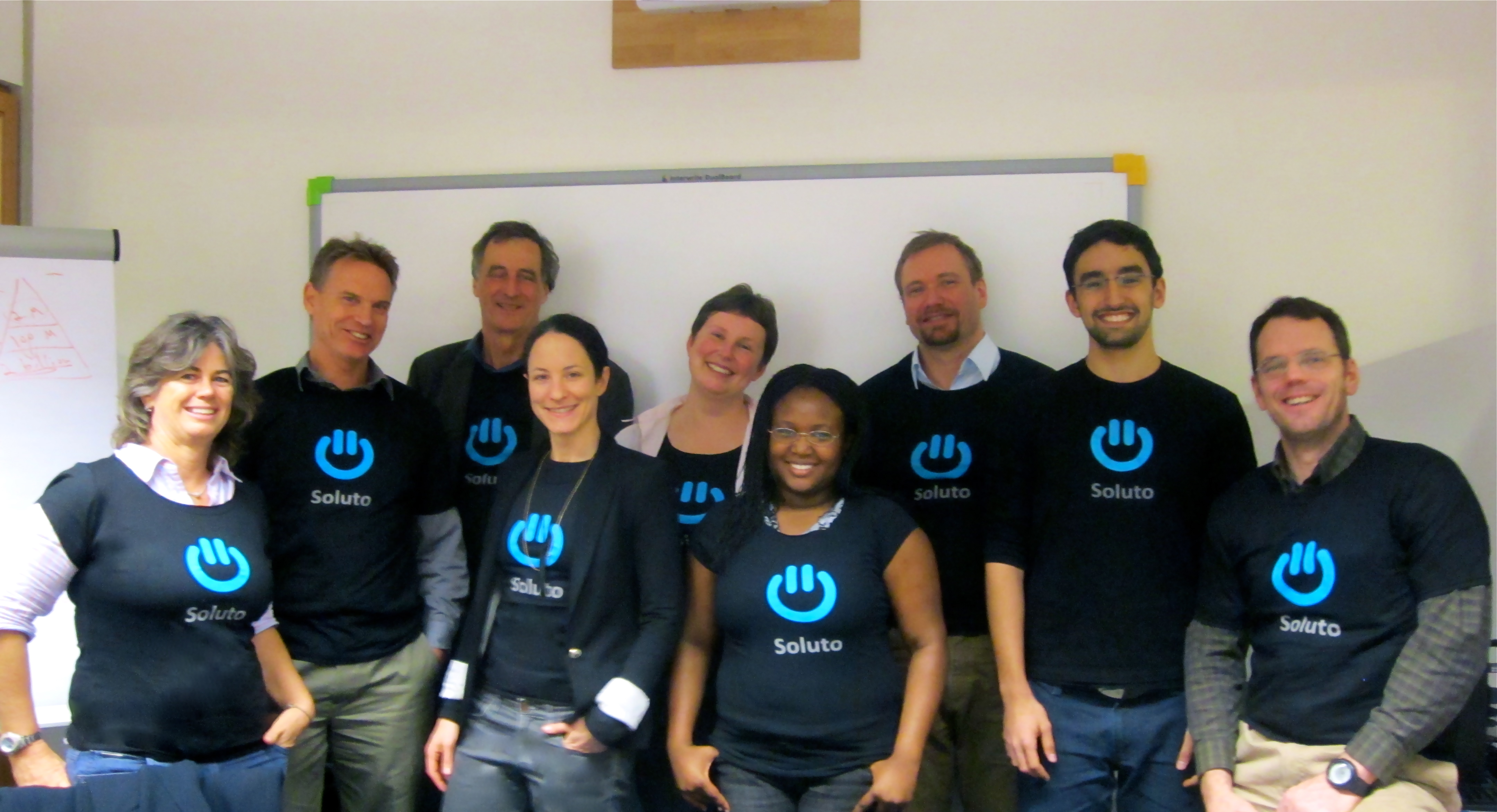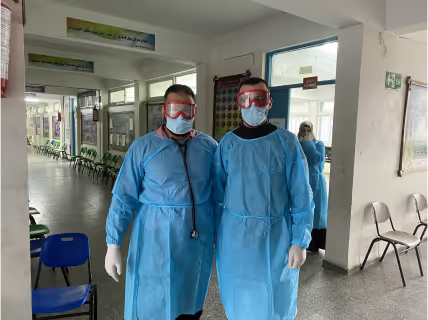The Humanitarian Genome – Facilitating the full use of evaluative processes in the humanitarian sector

Project overview
This project is using an open-source technology to develop a cloud-based search engine for evaluation and lessons learned data in order to ensure quick access to relevant information in operational contexts.
Project solution
This project offers [specific solution or intervention] to tackle [challenge]. By implementing [strategies, tools, or innovations], the project aims to achieve [desired outcomes]. The approach is designed to [specific actions or methods] to bring about meaningful change in [community, region, or issue area].
Expected outcomes
This project aims to achieve [specific outcomes], such as [measurable results, improvements, or changes]. The expected impact includes [benefits to the target community, advancements in research or innovation, or long-term effects]. By the end of the project, we anticipate [specific changes or milestones] that will contribute to [broader goals or objectives].
WHAT IS THE HUMANITARIAN NEED?
- Humanitarian sector criticised for a deficiency in learning and for inappropriately using evaluations
- Need for improving ability to analyse and distil lessons from evaluative processes and documentation by practitioners
This project will specifically addressing the following challenges:
- Sheer amount of data – the Humanitarian Genome can contain an unlimited amount of information both formal and informal
- The difficulties with processing and extracting valid information – built upon rigorously tested methods, the Humanitarian Genome uses both computerised as well as human coding processes as well as its expert users participation to sort its data making it reliable and valid
- The constant challenge with making relevant info accessible – users may access the Humanitarian Genome at any given moment; retrieve needed and valid information within seconds as well as exchange and share knowledge.
WHAT IS THE INNOVATIVE SOLUTION?
None of the existing tools provides the humanitarian sector quickly with synthesized evaluative information that is tailored to specific search questions and aid contexts. The HG thus goes beyond literal word searches or word counts, complements and combines functions of existing tools, and offers unique capacities for information synthesis and analysis.
The HG solution will dramatically improve cost effectiveness compared to existing practices. ECB representatives estimated that analysing 10 reports for a Meta review takes 30 days of full time work for data collection, selection, judging relevance and final analysis. The HG will facilitate a much wider, reliable and tailor made search producing relevant data within seconds, leaving the user time to concentrate on the final analysis. It is estimated that this reduces time and costs by 60%.
Added Value:
We estimate to minimally reach 15% of total humanitarian staff in 10 years (41,100). The HG aims to reach about 25% of these 41,100 in 3 years and half of this target group in 5 years. We estimate each direct beneficiary to affect minimally 100 aid recipients, amounting to over 4 million indirect beneficiaries.
WHAT ARE THE EXPECTED OUTCOMES?
During development phase:
- Availability of the prototype of the Humanitarian Genome 1.0, associated expert database, aggregated sector-wide patterns and related search engine to the humanitarian sector to enhance the utilisation of lessons (at the least)
- Delivery of the contours of an automatic coding device, which would provide insight into future possibilities to automatically upload and code all existing and future evaluative information onto the Genome meaning a first step towards a tremendous efficiency gain for the sector (best-case scenario)
- Creating opportunities for learning that can facilitate the development of new or related ICT innovations in the humanitarian sector and beyond.
During the diffusion phase:
The HG’s direct impact is in its outputs, in the form of brief extracts, retrieved from the HG data, tailored to the wishes of our direct beneficiaries. The HG thus will lead to enhanced use of data plus better and more options to monitor program performance, impacts and processes in the sector. As such, the HG will contribute to improved evidence-based programming.
Indirectly, the HG’s social impact is to assist in making future humanitarian interventions more efficient, effective and impactful by providing key lessons about successful shelter structures, ways to protect vulnerable populations, livelihood recovery strategies, etc. In this way, the HG can accelerate learning and boost the sector’s accountability and transparency. Finally, the academic, statistical and ICT work behind the HG contributes to innovative advancement.
Project delivery & updates
Stay up to date with the latest developments from this project. Here, you will find details on what has been delivered, resources created, and regular updates as the project progresses. Access key documents, reports, and other materials to see how the project is making an impact.
Resources
Case study
LEARN MORE